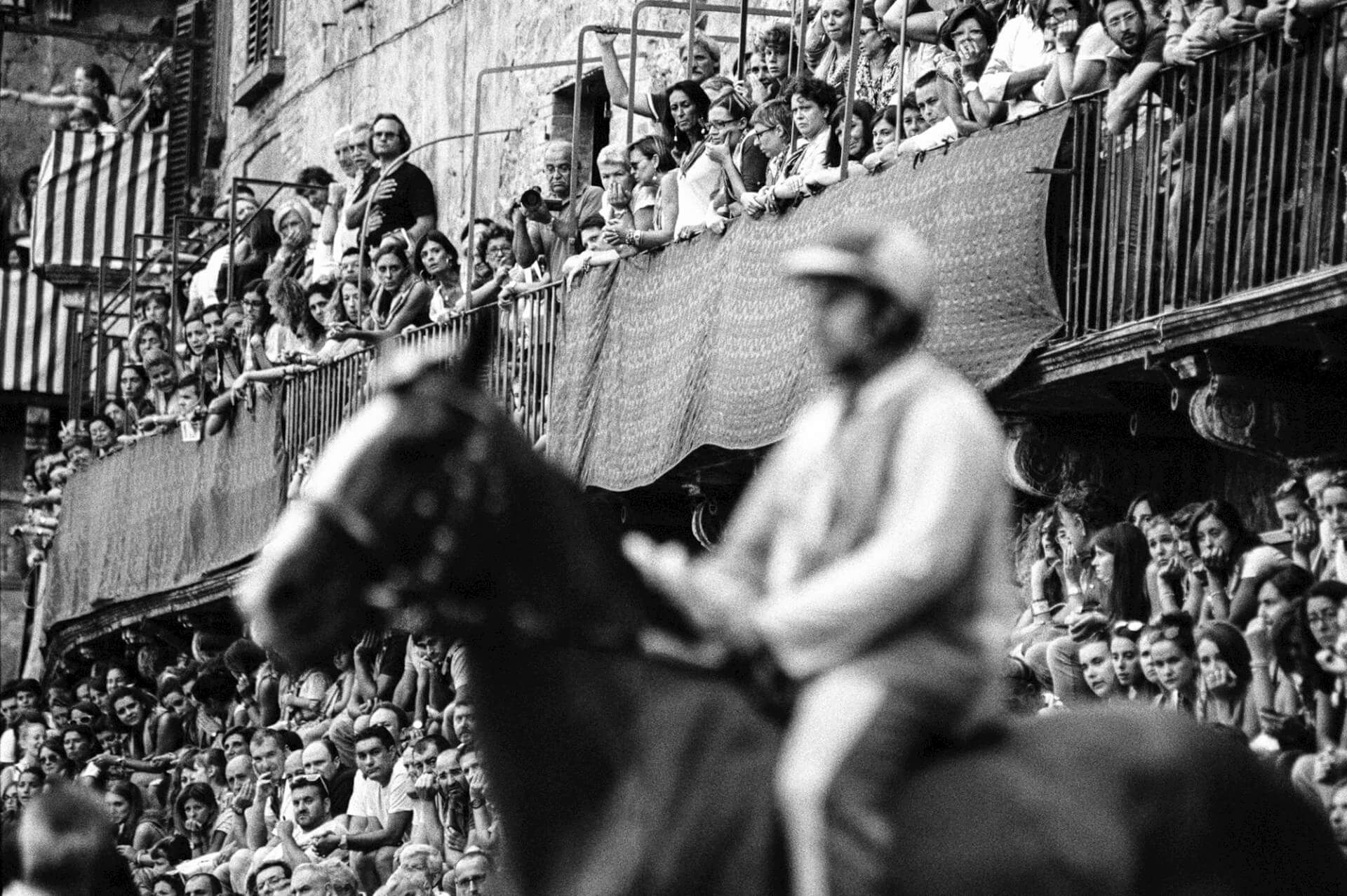
1 / 8
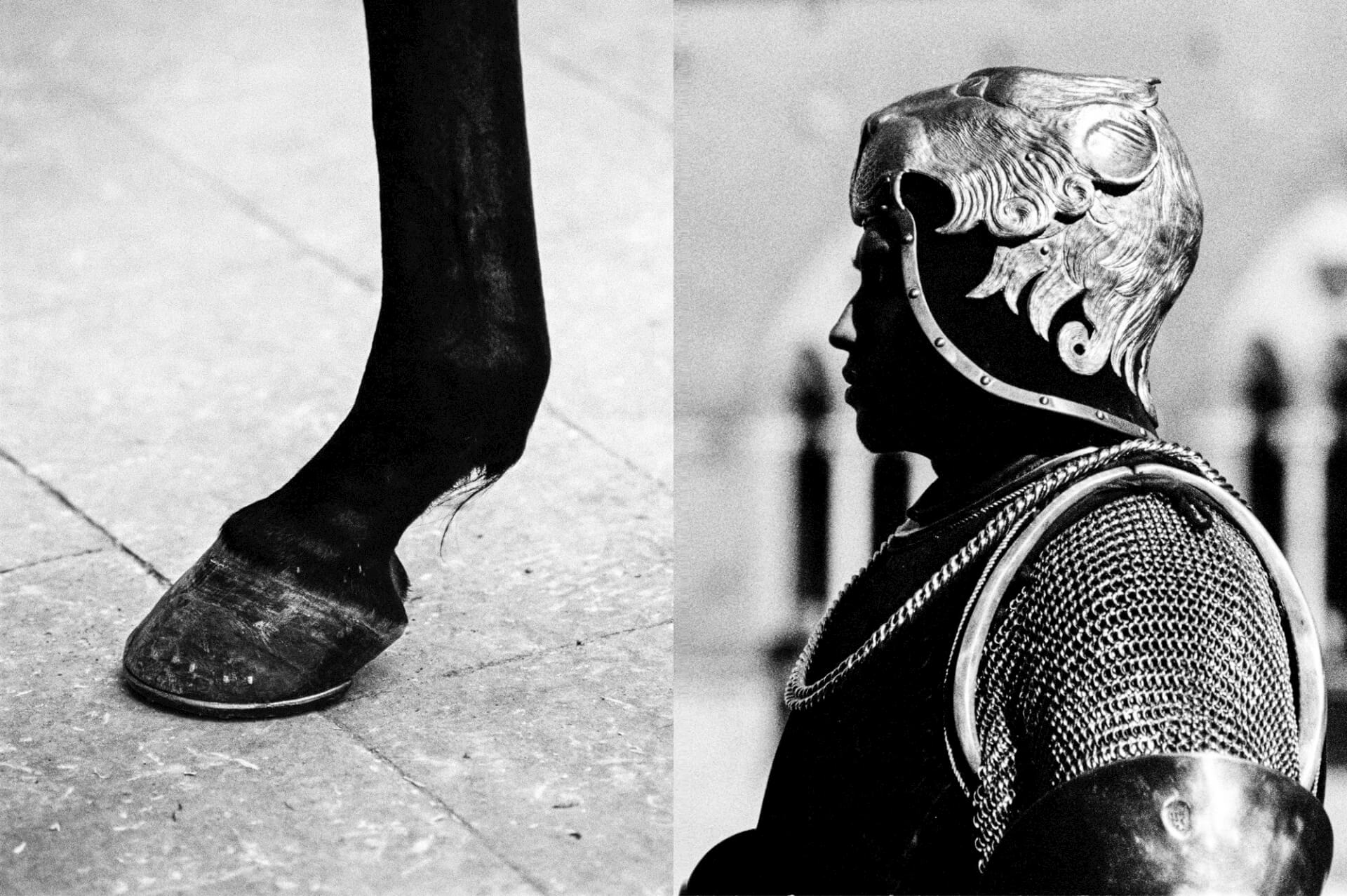
2 / 8
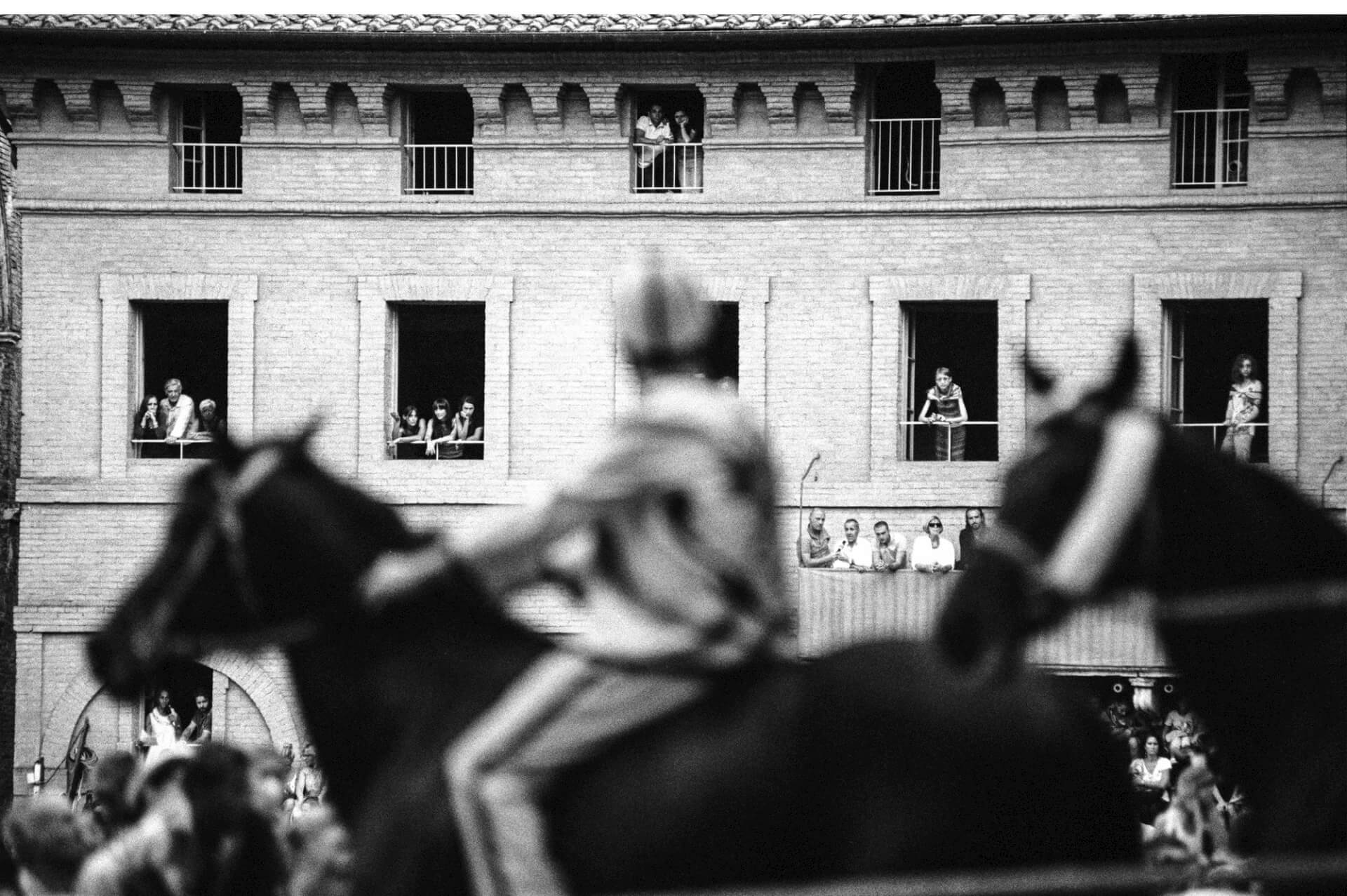
3 / 8
Four days prior, a layer of dirt is placed upon the Piazza's ancient cobblestones. On the fateful day, 50,000 people lose their minds with anticipation—the race lasts about 90 seconds after three laps around the track. Within the short period, horses die, riders scar, and much money changes hands. The most treacherous part of the course is the Curve of San Martino, which frequently displaces men from beasts in spectacular fashion.
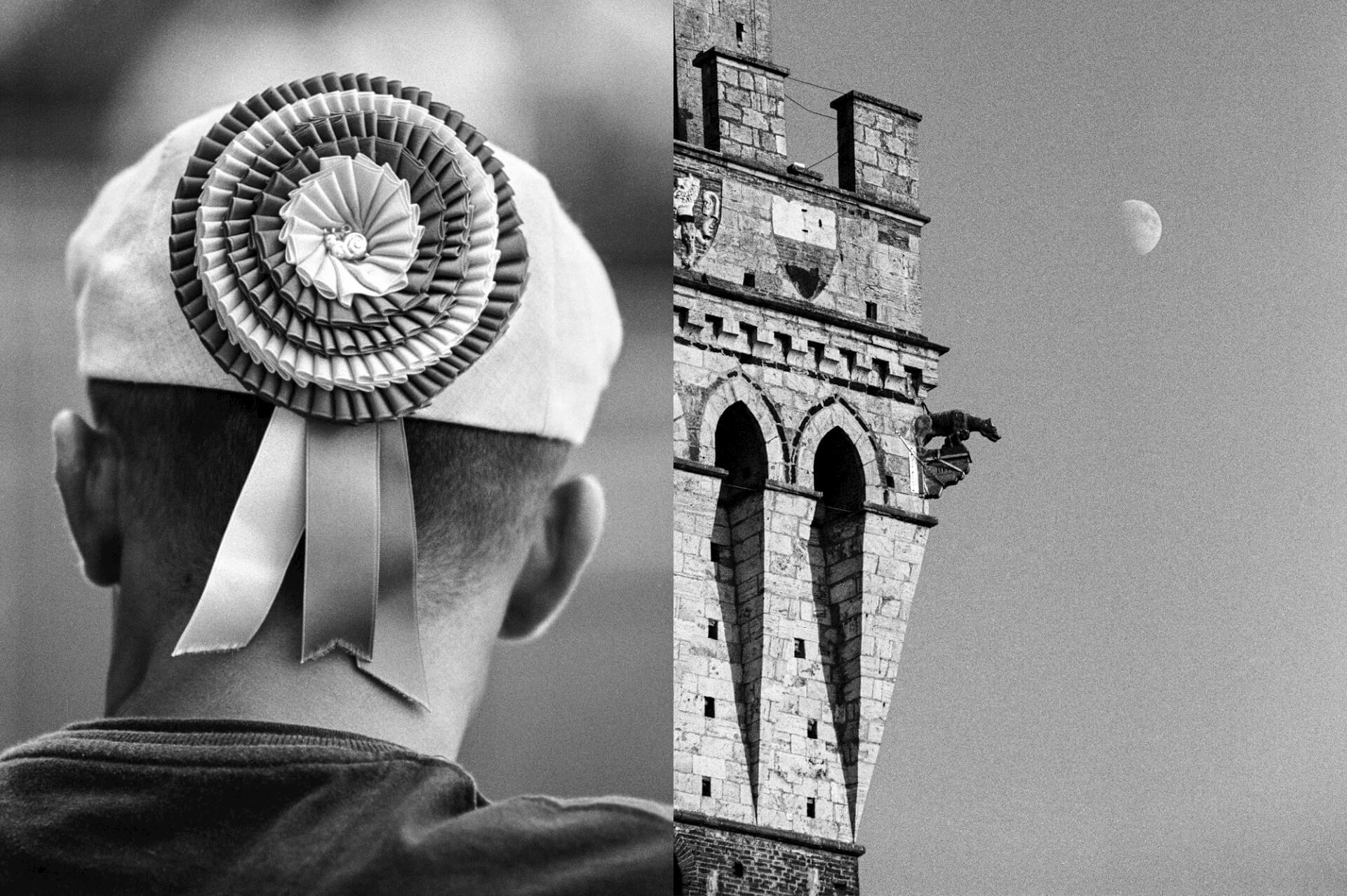
4 / 8
Though the roots of the race lie in the 14th century, the first modern Palio was run on the 16 of August 1656. It was a competition between the many Contradas of Siena, city district organizations formed in the Middle Ages to support military companies hired to defend the fiercely independent Sienese from the influence of Florence and the Medicis. Presently, 10 of the city's 17 Contradas are represented in the race, held twice a year, one in July (officially, Palio di Provenzano) and one in August (Palio dell' Assunta).
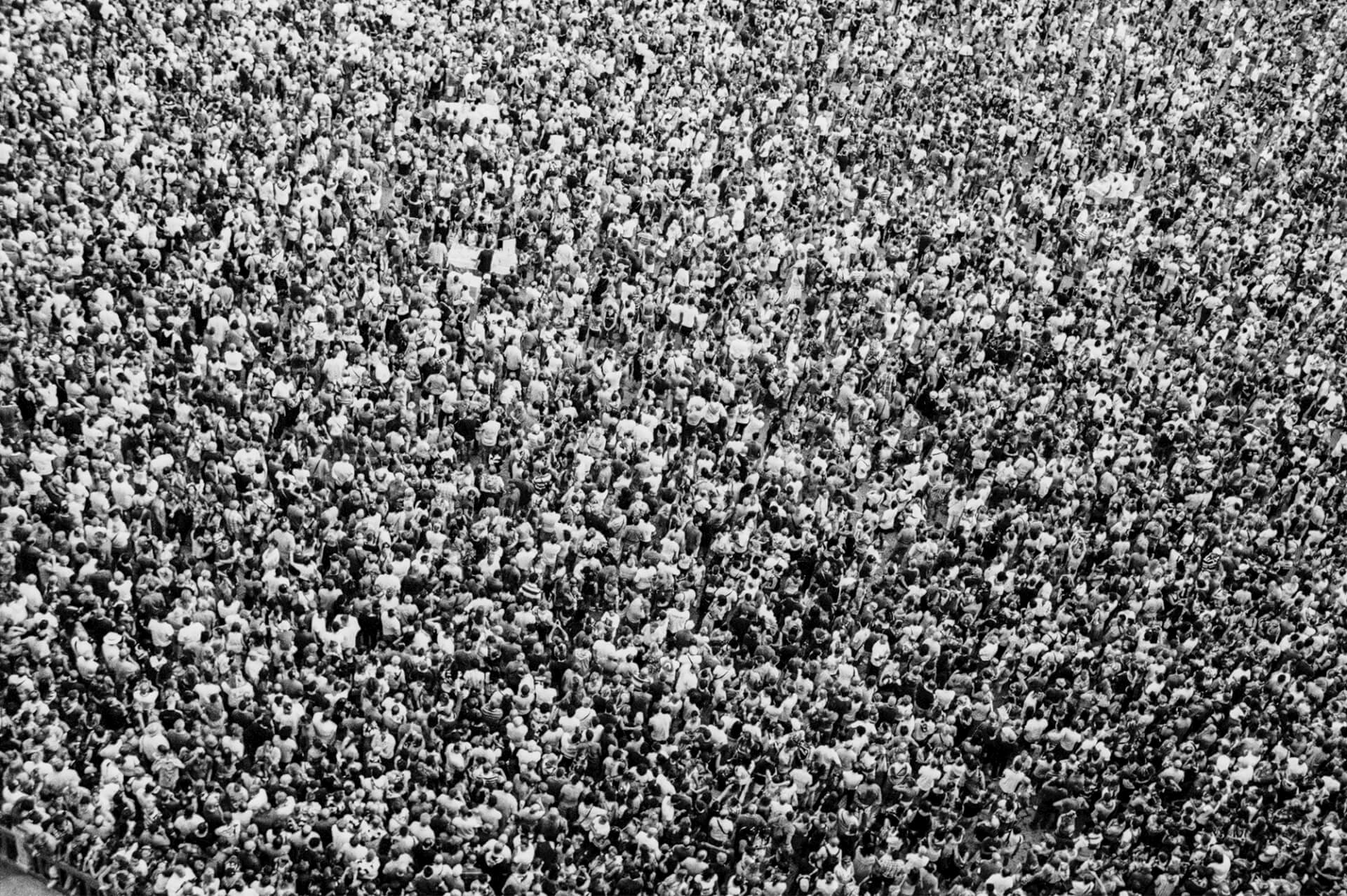
5 / 8
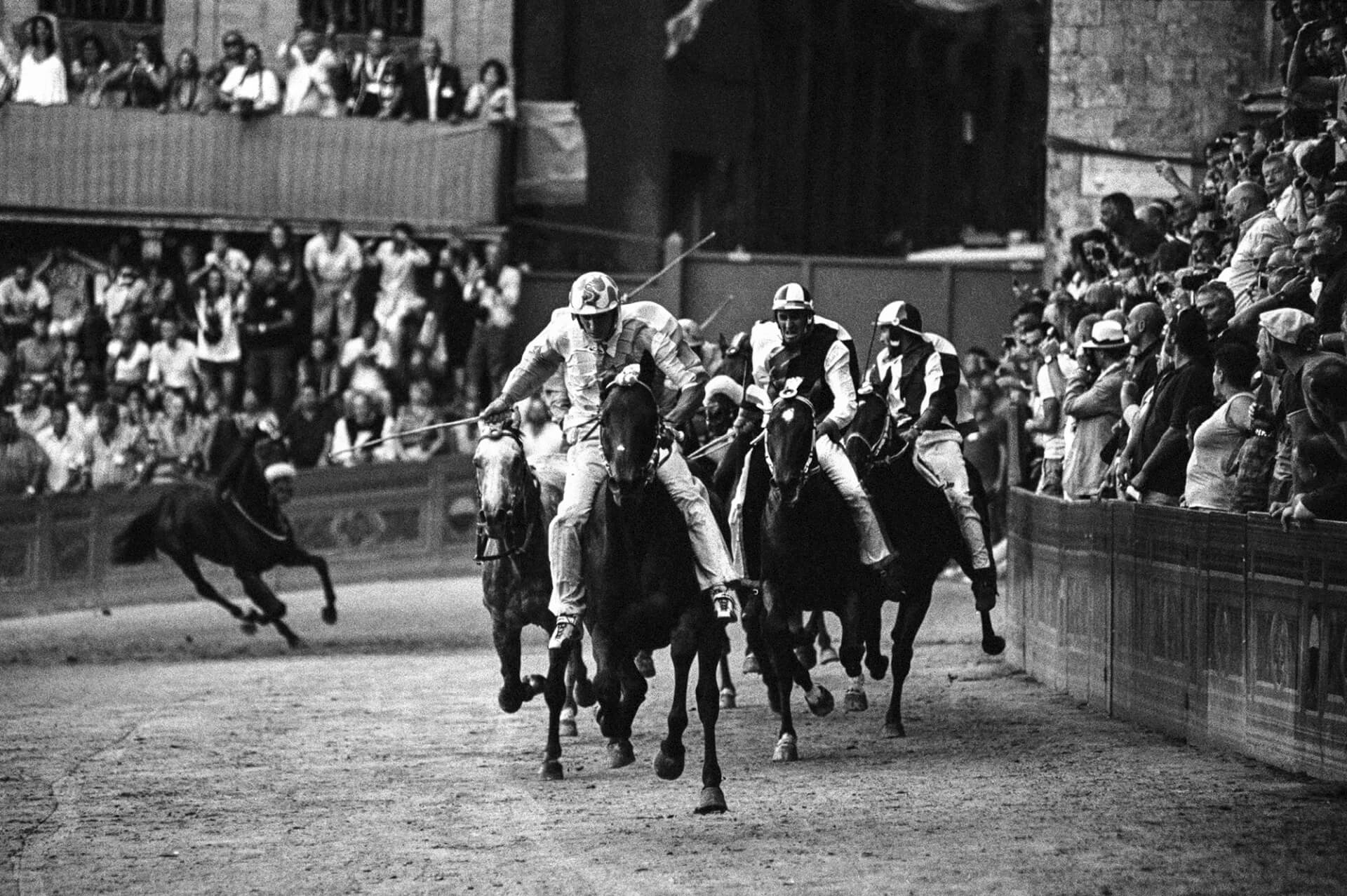
6 / 8
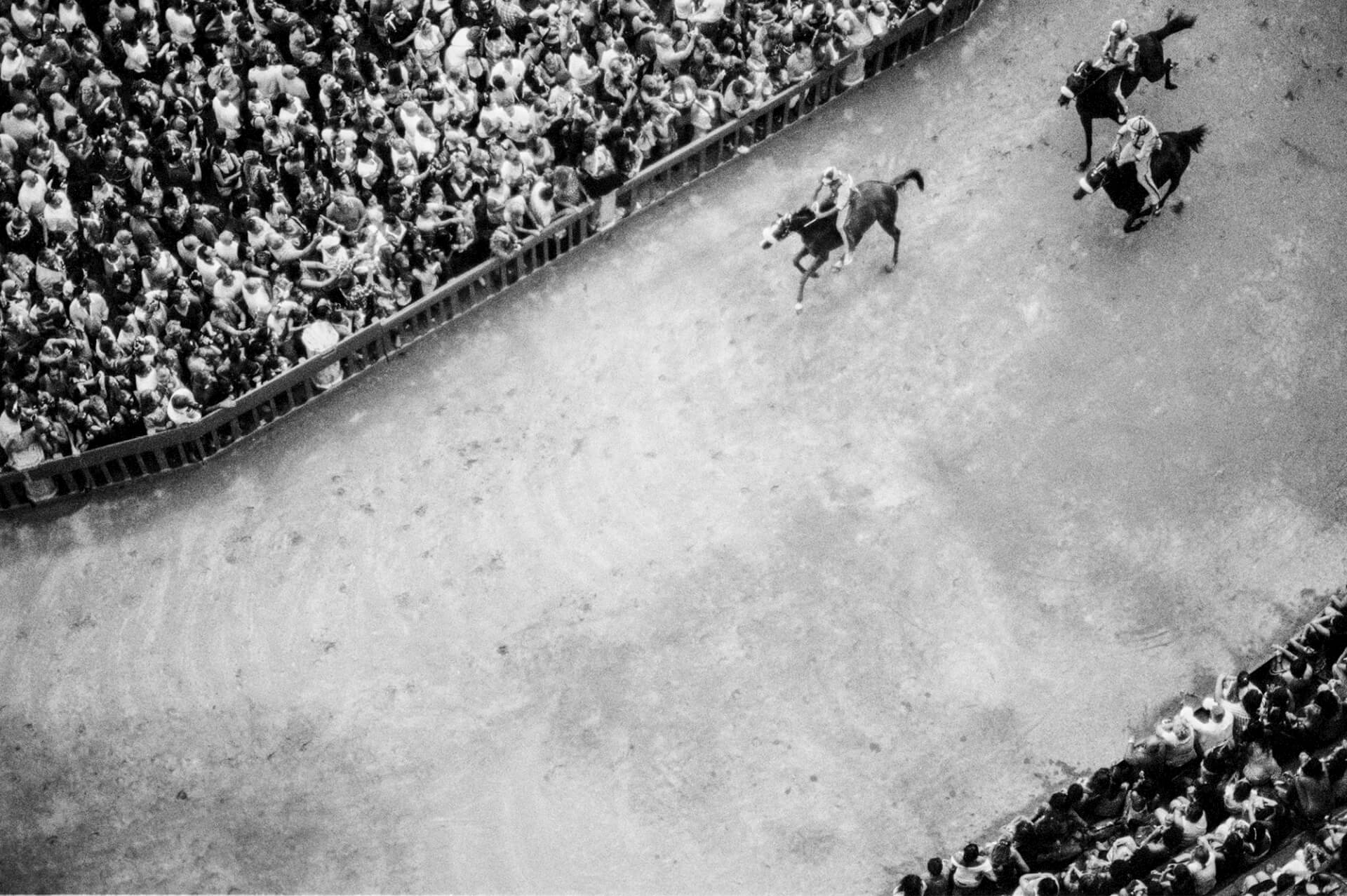
7 / 8
Before the race, inside the Cathedral a jockeys' mass is held and horses are blessed (it is regarded as great fortune if an animal happens to defecate). Each horse is assigned to a Contrada randomly, by lottery; riders are free to mount for the Contrada with the highest bid. Once the race has begun, there are essentially no rules governing the jockeys' behavior. Some violence is acceptable. The winner is the first horse to cross the finish line, with or without a rider.
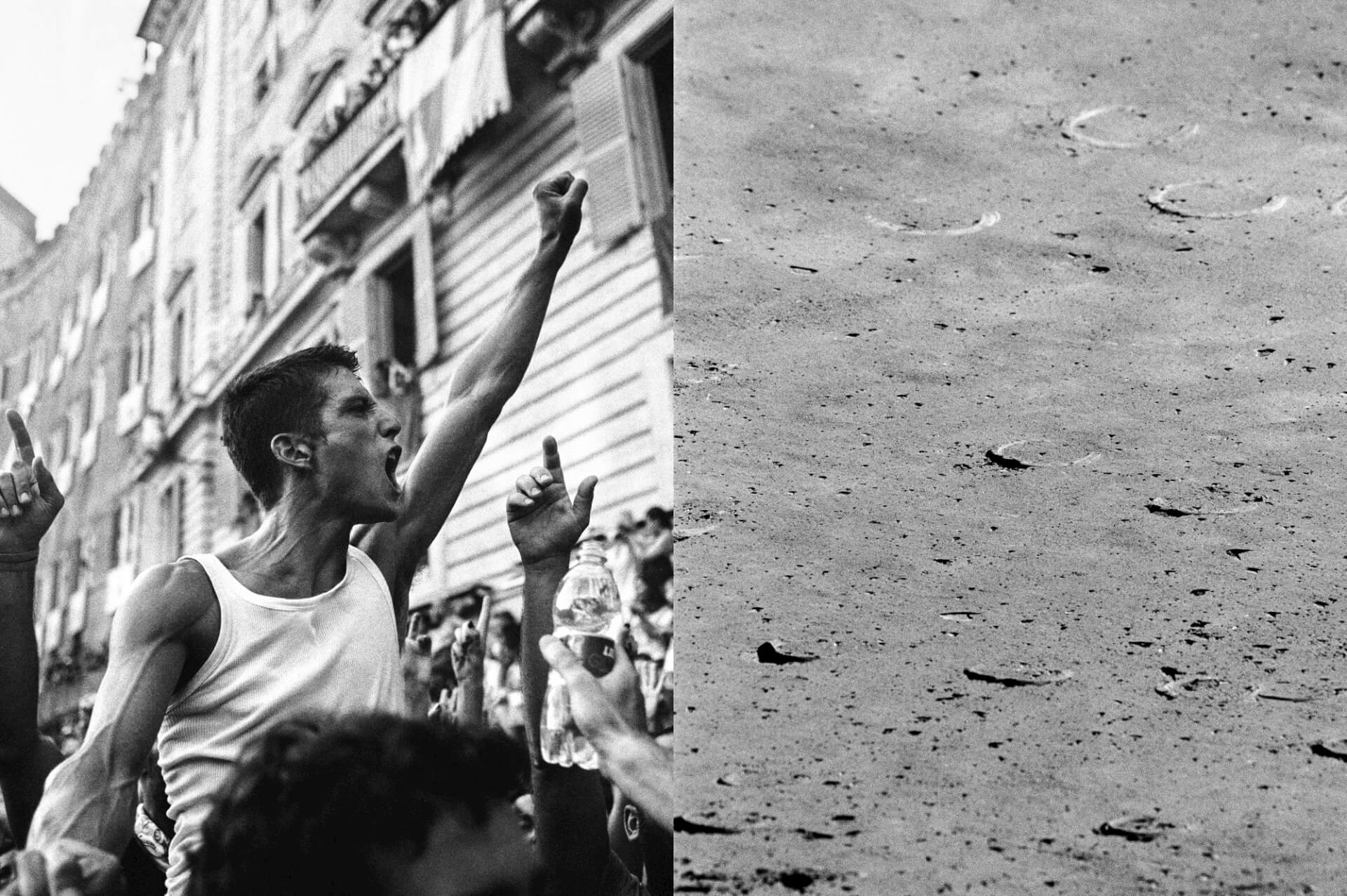
8 / 8
In August, Giovanni Atzeni (pictured) took home the Drappellone (a banner awarded the winning rider) on behalf of Contrada Capitana dell'Onda. He had also won the July race while wearing the colors of Contrada dell'Oca (Duck district)—a rare double. The Contrada's influence over neighborhood life cannot be overstated. Many people do not marry outside their districts, with political, religious, and social beliefs often informed by the code of a Contrada.